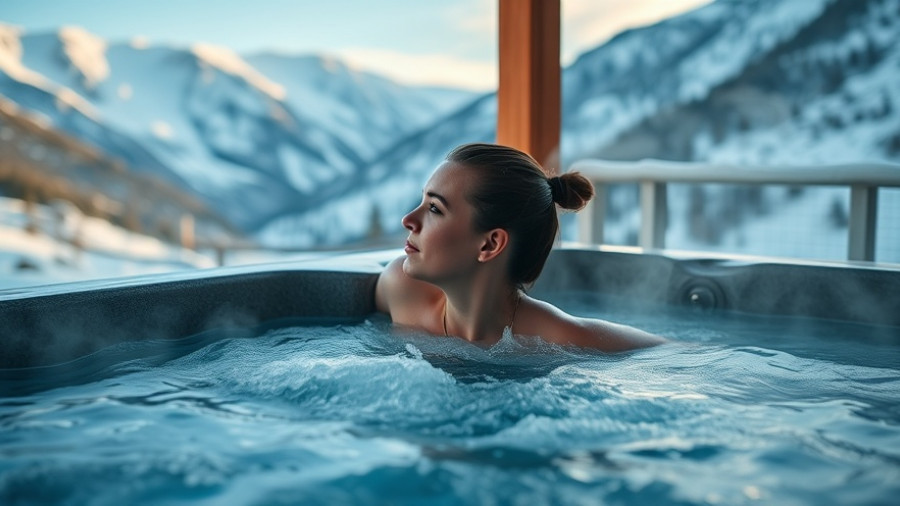
Understanding Car Night View Cameras: A New Frontier in Safety
As automobile technology evolves, car night view cameras are turning heads—not only for their futuristic appeal but also for the debate surrounding their safety effectiveness. These cameras, often included in high-end vehicles, aim to enhance visibility in low-light conditions. But are they truly increasing safety, or are they just adding to the distractions drivers face on the road?
The Technology Behind Night Vision
Car night vision cameras, like the ones offered by Mercedes-Benz’s Night View Assist, use infrared beams combined with specialized cameras to offer drivers a clearer view of what's in front of them when driving at night. This system can detect pedestrians and even highlight them on the instrument cluster screen, providing critical information before an accident can occur. With detection ranges up to 80 meters, the technology could seem invaluable to many drivers.
Which Vehicles Are Equipped With This Technology?
Luxury brands such as Toyota, Lexus, BMW, and Cadillac offer models that either feature built-in night vision or have aftermarket options available. This means that whether you're shopping for top-tier vehicles or considering an upgrade to your existing vehicle, night vision capabilities could be an accessible addition. These options allow you to explore the possibilities even if you’re not ready to invest in a pricey luxury model.
Evaluating Safety Claims
While the promise of enhanced visibility is appealing, Kelley Blue Book raises an essential point: the effectiveness of night vision technology heavily relies on environmental conditions, driving habits, and individual preferences. For instance, thermal sensors may struggle to detect non-living obstacles like road debris, emphasizing the importance of not solely relying on technology. Additionally, weather conditions such as fog, rain, or snow can substantially affect the functionality of night vision systems, potentially reducing their intended safety benefits.
Pros and Cons: Are They Worth the Investment?
Consumers must weigh the pros and cons of investing in this technology. On one hand, having enhanced vision during night driving could potentially lead to fewer accidents. However, the cameras’ limitations, especially in challenging weather, might leave some drivers skeptical. It’s crucial to assess your personal driving habits and predominant weather conditions in your area before making a decision. Investing in additional safety features can be impactful, but only if they align with your specific needs.
What Research Says About Driver Confidence and Safety
Emerging studies indicate that while advanced safety features can enhance driver confidence, they can also create an over-reliance on technology. As drivers become accustomed to the enhanced viewing capability, they might underestimate the collective responsibility of being attentive while driving. Counteracting this risk involves balancing new technologies with good old-fashioned vigilance on the road.
Your Driving Environment Matters
Your specific geographical location could also dictate the value of investing in night vision cameras. If you reside in areas with frequent inclement weather or poorly lit streets, this feature may become significantly more advantageous for nighttime driving. Conversely, urban areas with plenty of streetlights might make these extras less crucial.
Creating a Comprehensive Safety Strategy
The introduction of new driving technologies offers exciting possibilities but knowing how to utilize—and not misuse—them will be critical. A multifaceted approach may serve you best. Combining night vision technology with standard safety practices such as cautious driving, keeping headlights clean, and maintaining overall vehicle health is essential for enhancing your safety on the road.
As technology continues to evolve, it’s crucial to remain informed about how these new features work and their respective limitations. Weighing the benefits against drawbacks can lead to a more informed decision that better suits your lifestyle.
Conclusion: Are Night Vision Cameras for You?
Ultimately, deciding whether or not to invest in a car equipped with night vision technology boils down to your driving habits, local conditions, and personal preferences. If you prioritize advanced safety features and are prepared to work in tandem with them, this technology could offer valuable peace of mind during night drives. Consider how often you drive in low-light conditions and the potential risks involved. Seeking guidance from local experts and familiarizing yourself with innovative safety solutions will empower you to make informed decisions that align with your values and needs.
Want to explore more about the latest car technologies? Stay informed about enhancements that can improve your home life and health by subscribing to our newsletter.
 Add Row
Add Row  Add
Add 



Write A Comment